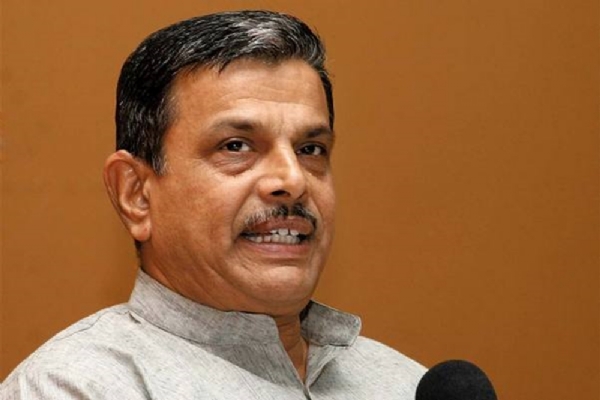"Religious conversions & infiltration causing population imbalance in country": RSS General Secretary Hosabale
Religious conversion and migration are causing “population imbalance”, said RSS general secretary Dattatreya Hosabale and called for strict implementation of anti-conversion laws.
Total Views | 150
Prayagraj, Oct 20: Rashtriya Swayamsevak Sangh general secretary Dattatreya Hosabale said that infiltration from Bangladesh and conversion of Hindus are reasons for 'population imbalance'.
His remarks came after he talked to the reporters on the concluding day of the four-day national executive (Akhil Bhartiya Karyakari Mandal) meeting of the Rashtriya Swayamsevak Sangh (RSS) in Prayagraj, Dattatreya Hosabale, concerned that religious conversions are leading to population imbalance in the country.

At a time when Rashtriya Swayamsevak Sangh (RSS) chief Mohan Bhagwat has suggested the need for a 'comprehensive population control policy, RSS Hosabale termed infiltration as the second biggest cause of “population imbalance”, which, he said, was the reason for India’s partition in 1947.
“Population imbalance caused by infiltration from Bangladesh has been seen in districts of north Bihar, including Purnia and Katihar, and in other states,” he said. “Therefore, we have resolved that there is a need for this subject to be considered holistically and in unity so that a uniform national population policy be framed and made applicable on all.”
In the speech on the occasion of Vijaya Dashami in Nagpur, RSS chief Mohan Bhagwat had also spoken about population imbalance, social harmony and education in mother tongue.
Hosabale further said that those who changed their religion should not get the benefit of reservation. He referred to the committee formed under former Chief Justice of India KG Balakrishnan to examine whether communities that adopted other religions should get the Scheduled Caste status.
Owing to emphasis on population control over the last 40-50 years, the average population of each family has come down from 3.4 to 1.9, he said, adding that a time will come in India when the youth population will decrease, which is worrying.
Notably, according to the Sample Registration System data 2020, India’s fertility rate — the number of children born per 1,000 women in the reproductive age group of 15-49 in a year — has declined by 20 per cent over the last decade. Fertility rate among Muslims is only 0.36 points higher than that of Hindus and the community has seen the sharpest decline in TFR in the last few years, according to the latest National Family Health Survey.
It is important to note that fertility rate can be attributed to many factors such as increase in the age of marriage, improved literacy rate among women, and easier access to modern contraceptive methods, among others.
Bharati Web
Mes, Pune






